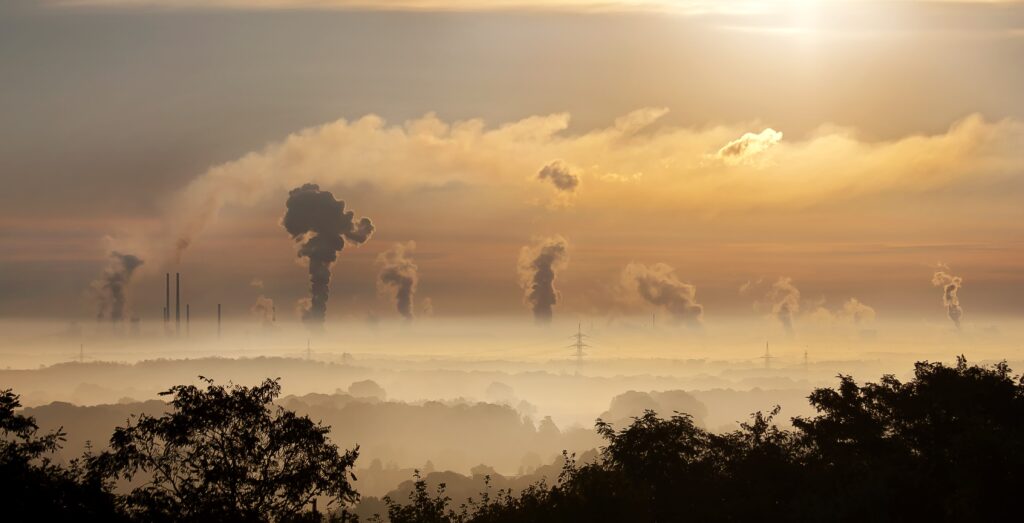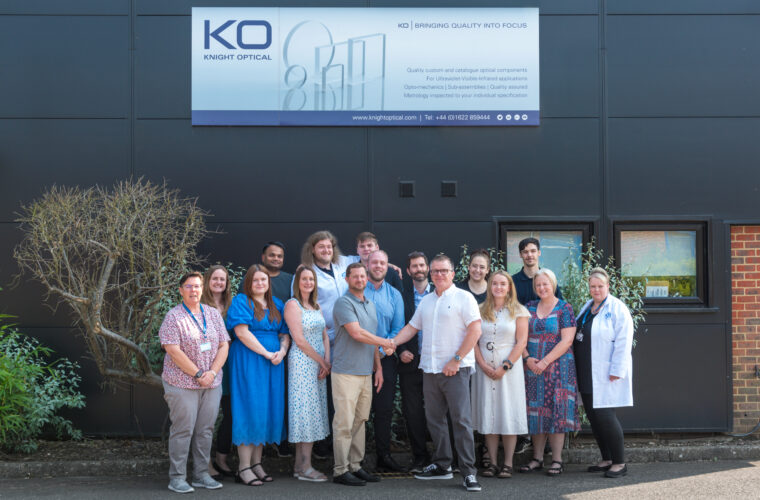Greener Future: new technology offers affordable and scalable solutions
Greener Future: A breakthrough technology developed by engineers at Rice University has the potential to significantly reduce the cost of capturing carbon dioxide emissions. As detailed in a study published in Nature, the new system employs an electrochemical reaction using water and oxygen induced by electricity to directly remove carbon dioxide from various sources, including flue gas and the atmosphere. This innovation could transform direct air capture, a niche industry with only 18 operational plants worldwide, into a promising solution for mitigating climate change.
As the urgency to combat climate change intensifies, the concept of carbon capture has gained much attention. Promising to capture and store carbon dioxide emissions, this technology has been hailed as a potential game-changer in the fight against global warming. However, scepticism surrounding carbon capture lingers, and at 4imag, we find it essential to showcase ideas from all potential perspectives. Questions arise about the practicality, scalability, and cost-effectiveness of these systems. Critics argue that current methods are too expensive, energy-intensive, and reliant on unproven technologies. As we delve into the latest advancements in carbon capture, it’s essential to approach the topic with a critical lens, assessing the limitations of these solutions.
A chemical-free, plug-and-play new method
Unlike most carbon capture systems, which involve a two-step process using high-pH liquids, this new technology eliminates the need for chemical solvents or high-temperature regeneration processes. Traditional methods require temperatures ranging from 100 to 900 degrees Celsius, while the system developed by the Rice University team can function simply by being plugged into a power outlet. The technology does not consume or produce chemicals, making it a more environmentally friendly option.
“Traditional amine scrubbing methods require temperatures of 100-200 degrees Celsius. For calcium carbonate-based processes, you need temperatures as high as 900 Celsius” – said chemical and biomolecular engineer Professor Haotian Wang, the study’s lead researcher.

Another advantage of this new system is its scalability and adaptability to different scenarios. It can be deployed on large industrial scales, such as power plants, chemical plants, and smaller scales, even in individual offices.
This opens up possibilities for various applications, including greenhouse gas reduction in agriculture and space station environments. In fact, space technology companies have expressed interest in using the device to remove carbon dioxide exhaled by astronauts on space stations.
98% CO2 removal with minimal energy consumption
The researchers achieved impressive results during testing, demonstrating that the reactor can remove carbon dioxide from simulated flue gas with over 98% efficiency using low levels of electricity. Just one hour of electricity consumption, equivalent to powering a 50-watt lightbulb, can yield 10 to 25 litres of high-purity carbon dioxide. Additionally, if the system is powered by renewable energy sources such as solar or wind, it has either no carbon footprint or a minimal one.
The reactor comprises a cathode for oxygen reduction, an anode for oxygen evolution, and a compact, porous solid-electrolyte layer that facilitates efficient ion conduction. Earlier reactor versions could convert carbon dioxide into liquid fuels and reduce oxygen into hydrogen peroxide solutions. The team observed gas bubbles flowing out of the reactor’s middle chamber alongside the liquids during their research. Further investigation revealed that an alkaline interface generated during reduction reactions at the cathode side interacted with carbon dioxide molecules to form carbonate ions. These ions then combine with protons resulting from water oxidation at the anode side, generating a continuous flow of high-purity carbon dioxide.
The breakthrough discovery resulted from years of continuous observation, experimentation, and optimization. The researchers discovered the key to enhancing the technology’s capabilities by paying attention to seemingly insignificant phenomena. Professor Haotian Wang emphasized the importance of patient and curious scientific exploration in achieving such advancements.
Various organizations supported the research, including the National Science Foundation, the Robert A. Welch Foundation, and the David and Lucile Packard Foundation. This technology’s implications are significant, as it has the potential to revolutionize carbon capture and enable industries to adapt to evolving greenhouse gas standards. Furthermore, it could be crucial in transitioning to a more sustainable energy economy.



